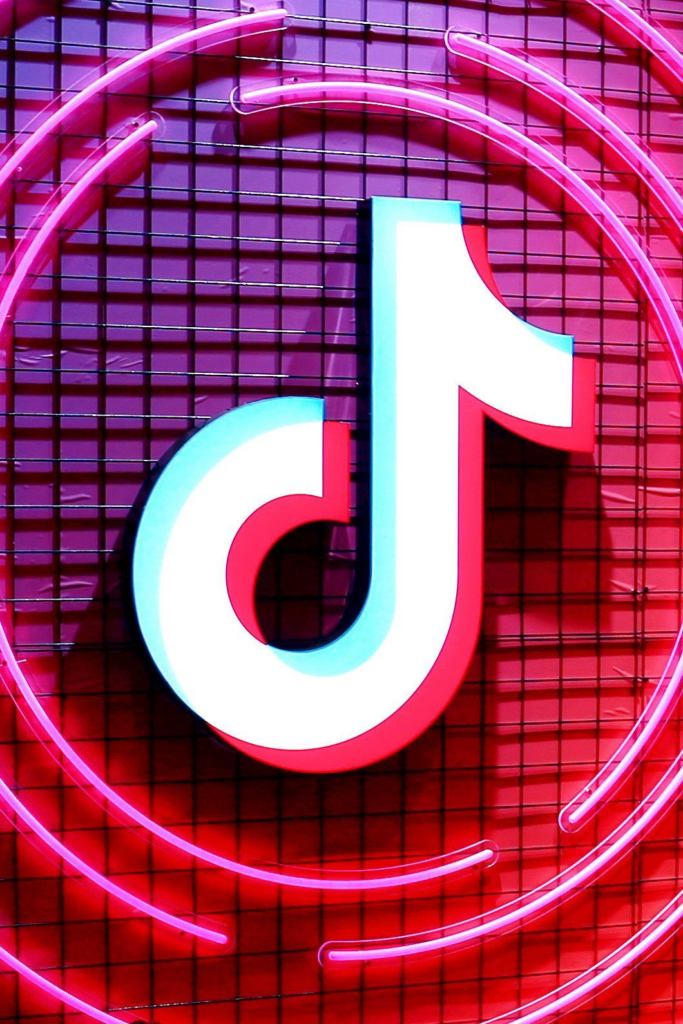
Hello everyone and welcome back to Social Soundwaves! This post is discussing how TikTok is promoting music artists and helping them gain recognition in the music industry. In case you don’t know, TikTok is a social media platform for creating, sharing, and discovering short videos. The app is used by young people as an outlet to express themselves through singing, dancing, comedy, and lip-syncing, and allows users to create videos and share them across a community. TikTok promoting music artists has become one of the most effective ways for songs to go viral, so let’s dive in and explore some of the ways TikTok is promoting artists and share some success stories!
TikTok is a Promotional Hub for Helping Music Artists
TikTok serves as a powerful promotional platform for music artists, offering massive reach, viral potential, and built-in tools like the “Sounds” library and “Song Page” to enhance music discovery and encourage user-generated content. Unlike traditional social media platforms where content mainly reaches an artist’s existing followers, TikTok’s For You Page (FYP) prioritizes engagement over follower count. This means that even independent or unknown artists have a real shot at reaching millions of users. Another component are viral trends and challenges. Songs frequently gain popularity through viral challenges, dances, and memes, encouraging user participation and organic spread. When a song becomes associated with a popular trend, it can skyrocket in streams and cultural impact, often making its way to mainstream music charts.
Photo courtesy of wired.com

Licensing Agreements and Revenue
TikTok isn’t just a promotional tool for music, it also provides monetization opportunities through licensing agreements and revenue-sharing models. By partnering with major music labels and offering various revenue streams, TikTok helps artists earn money while increasing their visibility. TikTok has secured licensing deals with major record labels like Universal Music Group, Sony Music, and Warner Music Group. This ensures that platforms compensate artists when users feature their songs in videos. TikTok also directly pays royalties to artists, songwriters, and producers whenever creators include their music in videos. This works similarly to streaming platforms like Spotify and Apple Music. Platforms calculate these payments based on usage, engagement, and regional licensing terms. Licensing matters to artists because it guarantees payment whenever someone uses their song.
Photo courtesy of variety.com

TikTok Success Stories
One success story is Olivia Rodrigo. Olivia Rodrigo is an American singer, songwriter, and actress. Before the official release of her song “drivers license”, snippets circulated on TikTok, fueling speculation and excitement. The song became a viral sound, with users creating videos about heartbreak, POV storytelling, and emotional reactions. Olivia engaged with fans by commenting on their TikToks, increasing interaction and building a personal connection. The virality quickly translated to streaming success, helping the song break Spotify’s record for the most single-day streams for a non-holiday song.
Photo courtesy of billboard.com

Another success story is Doja Cat. Doja Cat is a Grammy-winning American rapper, singer, songwriter, and record producer. Her song “Say So” was used in a dance trend on TikTok created by Haley Sharpe.
The catchy nature of the song made it instantly replayable, leading to millions of user-generated videos.
Doja Cat capitalized on the momentum by featuring the dance in her official music video, creating a full-circle moment between TikTok and mainstream music. This helped the song reach #1 on the Billboard Hot 100, making it her first chart-topper.